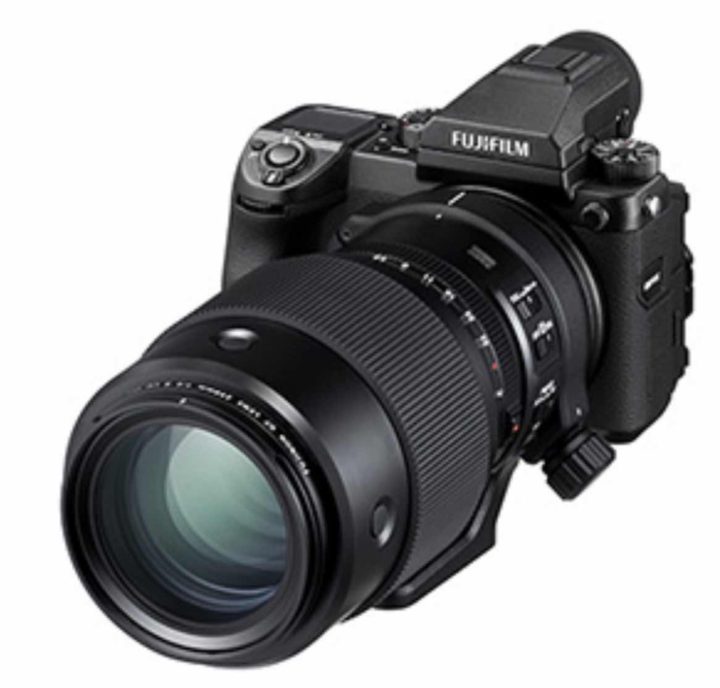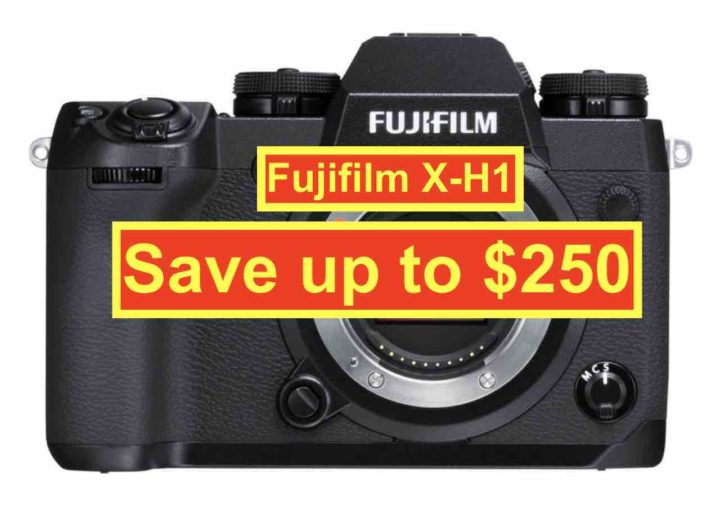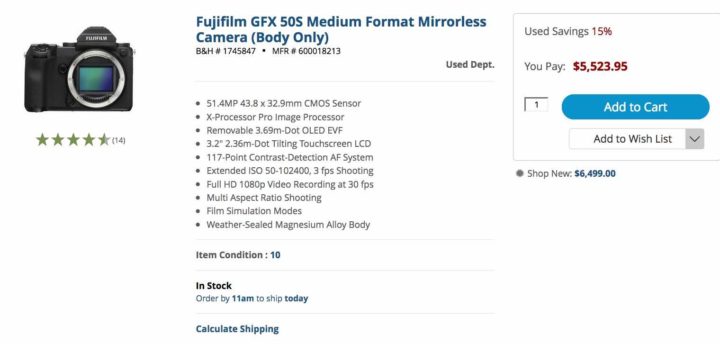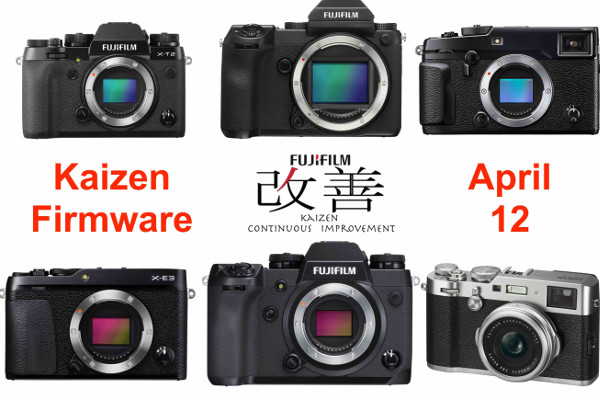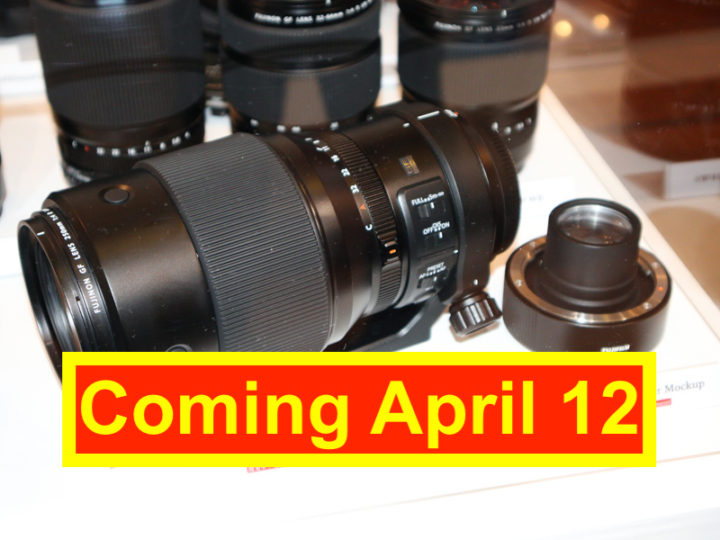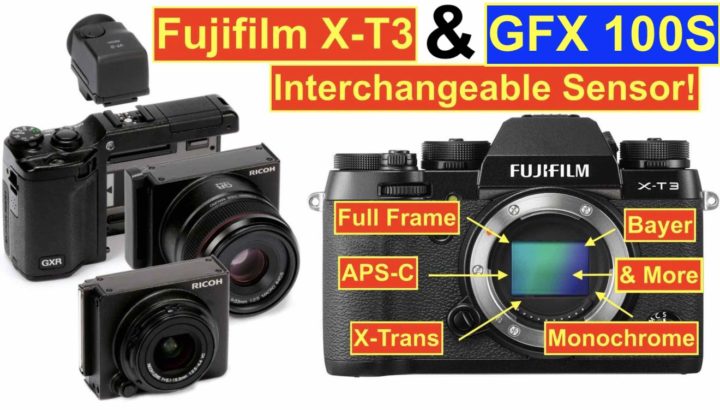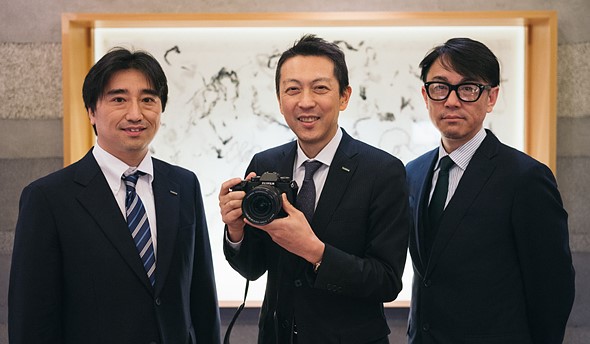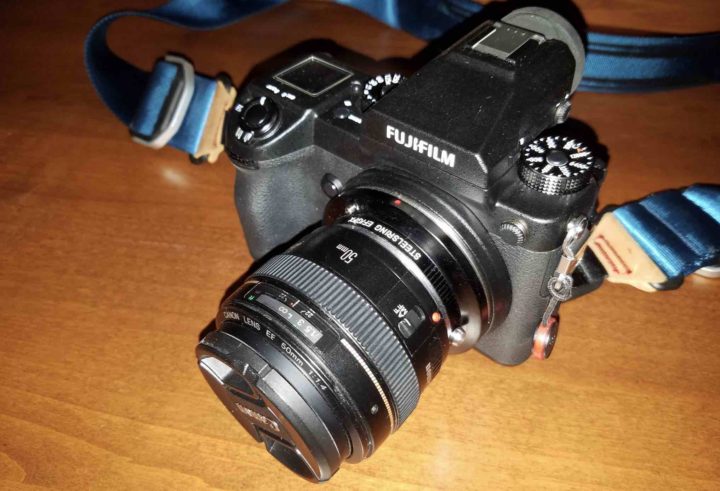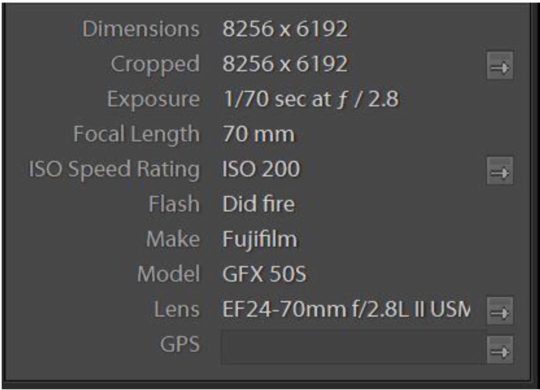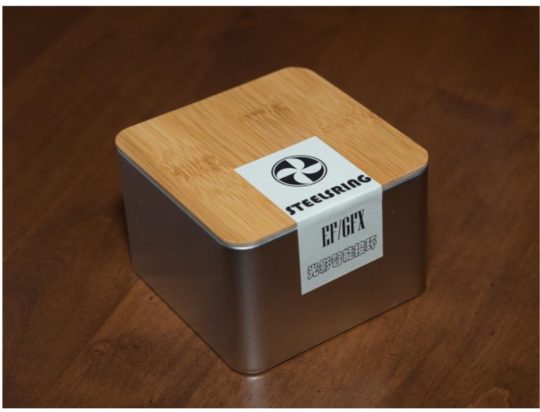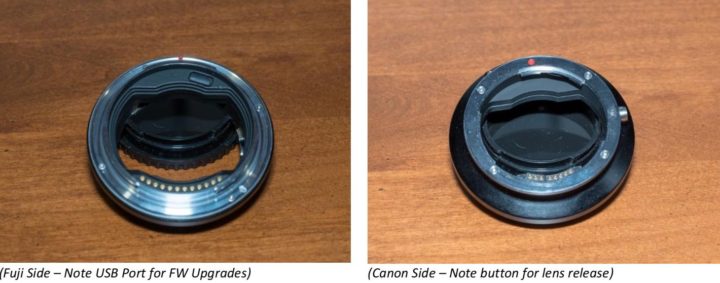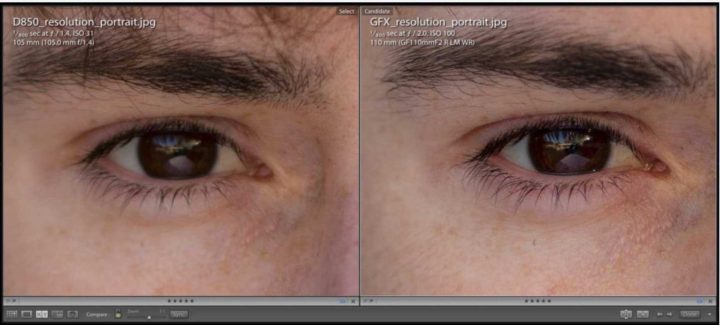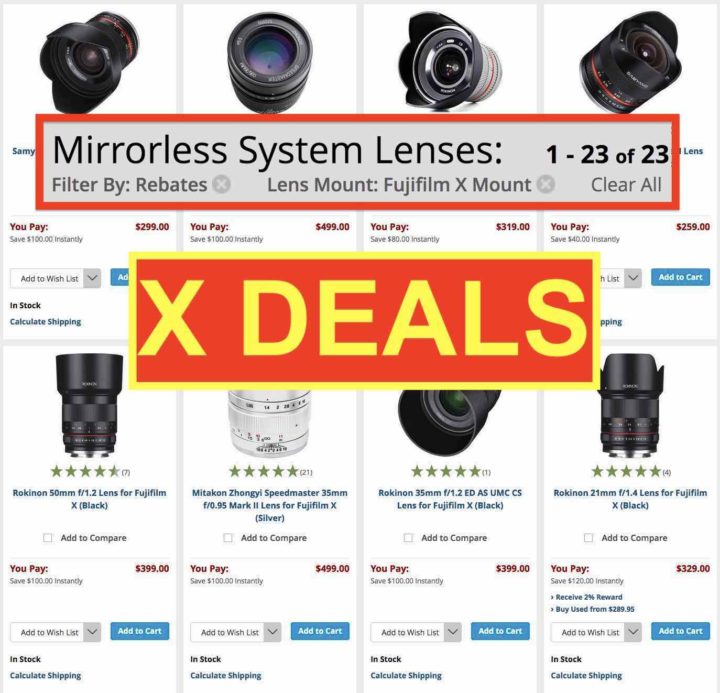
23 Third Part X Mount Lens Deals
BHphoto is now offering deals on a total of 23 third party Fuji X mount lenses. The savings go up to $170. Check out if there is maybe something you’d like amogst them here.
And still running, all the other Fujifilm X and GFX deals. Full list below.
Fujifilm X-H1 Deals
Fujifilm X-H1 Bundle Deals – Save $150
Adorama + BHphoto include Free Domke Bag
with XF 16-55: BHphoto, AmazonUS, Adorama, Focuscamera
with XF 50-140: BHphoto, AmazonUS, Adorama, Focuscamera
with XF 100-400: BHphoto, AmazonUS, Adorama, Focuscamera
with Vertical Grip + XF 16-55: BHphoto, AmazonUS, Adorama, Focuscamera
with Vertical Grip + XF 50-140: BHphoto, AmazonUS, Adorama, Focuscamera
with Vertical Grip + XF 100-400: BHphoto, AmazonUS, Adorama, Focuscamera
Fujifilm X-H1
All combos: BHphoto, AmazonUS, Adorama, Focuscamera
Fujifilm GFX
Fujifilm GFX 50S + Any GF lens* (save $1,000): BHphoto, Adorama, AmazonUS
* GF63mmF2.8 / GF45mmF2.8 / GF32-64mmF4 / GF120mmF4 / GF110mmF2 / GF 23mmF4
Fuji X Deals
Fujifilm X-T2 Black + 1* or 2** XF lenses (save $200): BHphoto, Adorama, AmazonUS, Focuscamera
*14 / 16 / 23F1.4 / 27 / 35F1.4 / 56 / 56APD / 60 / 90 / 10-24 / 16-55 / 18-55 / 18-135 / 50-140 / 55-200 / 100-400
** 18-55 + 14 / 18-55 + 16 / 18-55 + 23F1.4 / 18-55 + 27 / 18-55 + 35F1.4 / 18-55 + 56 / 18-55 + 56APD / 18-55 + 60 / 18-55 + 90 / 18-55 + 10-24 / 18-55 + 16-55 / 18-55 + 18-55 / 18-55 + 18-135 / 18-55 + 50-140 / 18-55 + 55-200 / 18-55 + 100-400
Fujifilm X-T2 Graphite + 1* XF lens (save $200): BHphoto, Adorama, AmazonUS, Focuscamera
*14 / 16 / 23F1.4 / 27 / 35F1.4 / 56 / 56APD / 60 / 90 / 10-24 / 16-55 / 18-55 / 18-135 / 50-140 / 55-200 / 100-400
Fujifilm X-T20 + 16-50 + 50-230 + grip (save $429): BHphoto, AmazonUS, Adorama
* AmazonUS and Adorama include lots of freebies
Fujifilm X-T20 + 16-50 (save $100): BHphoto, AmazonUS, Adorama
* AmazonUS and Adorama include lots of freebies
Fujifilm X-E2S
with 18-55 + 14mm bundle deal (save $519): Adorama
body only (save $200): BHphoto, AmazonUS, Adorama
with 18-55 (save $319): Adorama
Fujifilm X-T1
black body (save $650): BHphoto
black body + free accessories (save $650): BHphoto
with 18-55 + Battery Grip (save $800): BHphoto
with XF 35mm f/2 (save $750): BHphoto
Graphite body (save $750): BHphoto
with XF18-55 (save $750): BHphoto
Fujifilm XF16mmF1.4 R WR + Free Accessory Bundle worth $296 at Adorama
Fujinon XF35mmF2 WR + $50.00 Gift Certificate at Adorama
Fujinon XF23mmF2 WR + $50.00 Gift Certificate at Adorama
Fujinon XF100-400mm
with Free Accessory Bundle (save $300): Adorama
with XF1.4X TC + Accessories (save $300): Adorama
with XF2.0X TC + Accessories (save $300): Adorama
Fujifilm XF50-140mm + XF100-400mm + Accessories (save $355): Adorama


